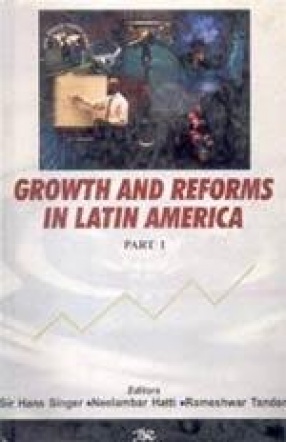Revival of rural consumption demand was expected to contribute to investment expansion, but this would only happen over time if agricultural growth targets were met. Exports were unlikely to provide adequate demand support due to depressed international market conditions. Moving into a high growth trajectory from this base level situation therefore required a sustained demand impetus from public expenditures, especially public investment, even if it required some relaxation of fiscal discipline.
The strategy adopted, therefore, was to accelerate the recovery process through an early stimulus to public investment which in turn would lead to a revival of private investment to take the momentum forward in the later years. Since private investment would really start to pick up only sometime during 2003-04, the level of investible resources available to the private sector would not be a major concern until then, but it would become so in the last two year of the plan. It was, therefore, envisaged that the process of fiscal correction should focus on the revenue deficit and not the fiscal deficit, which could remain as high as 4.3% of GDP for the centre and 2.2% for the states even in the terminal year of the plan. The consolidated revenue deficits, however would have to go down to around 2.4% of GDP by the terminal year 2006-07 in order to provide the requisite amount of public savings.









There are no reviews yet.